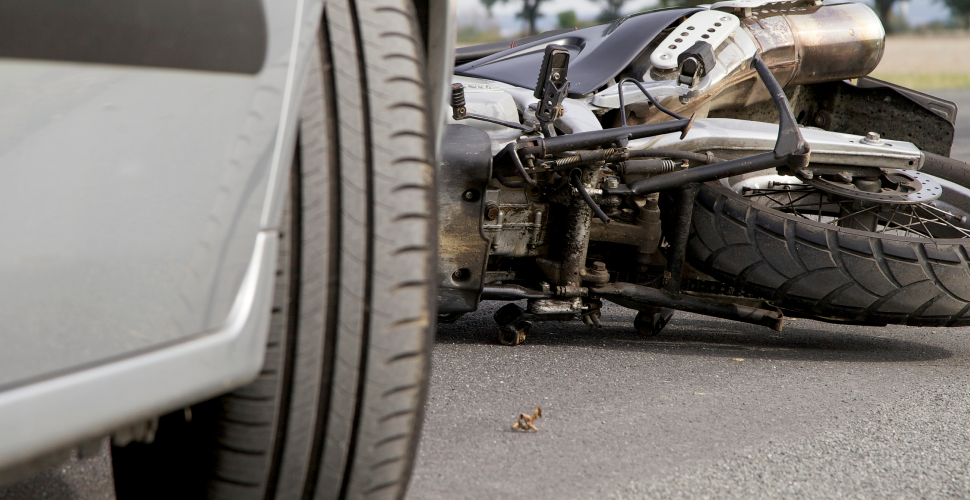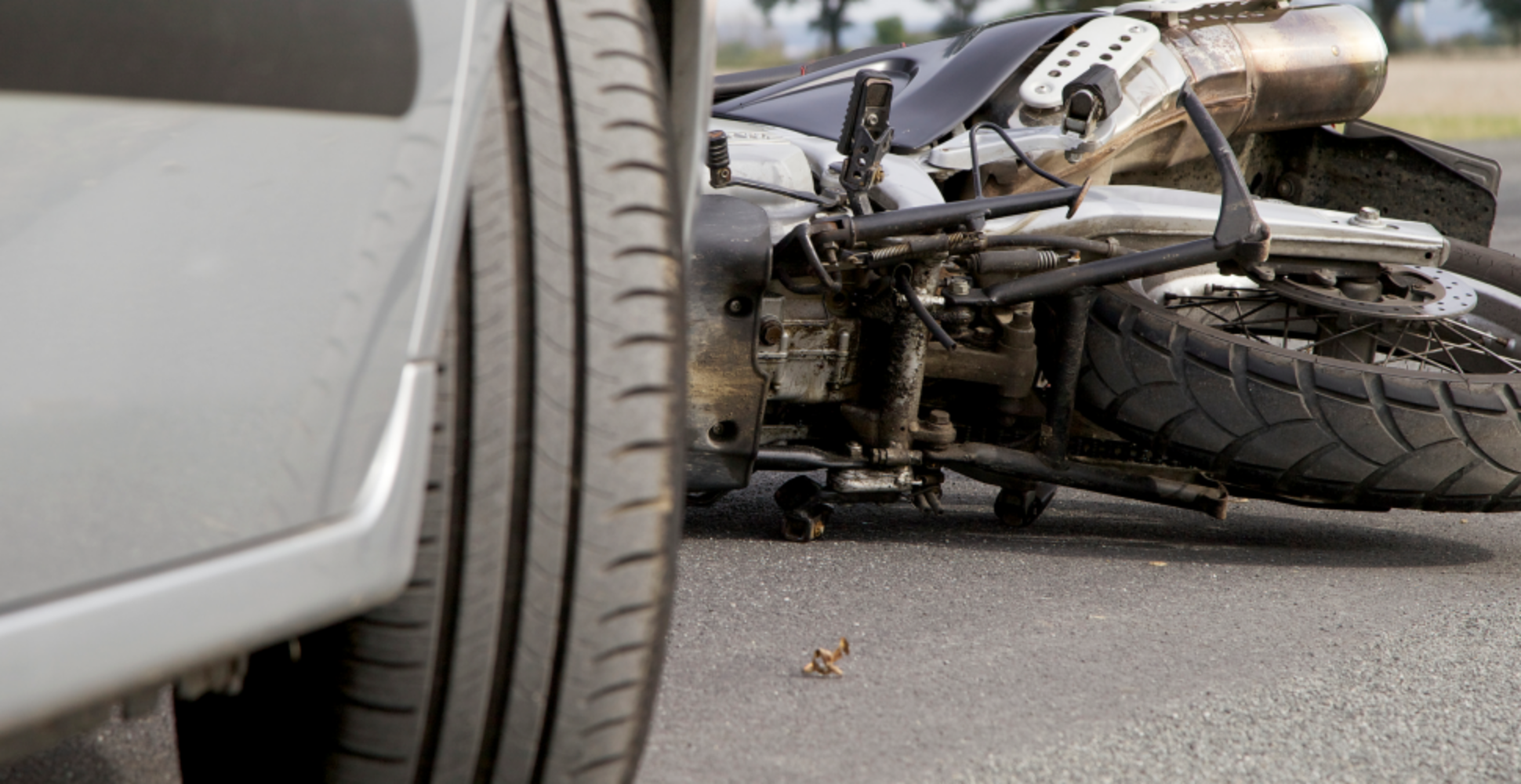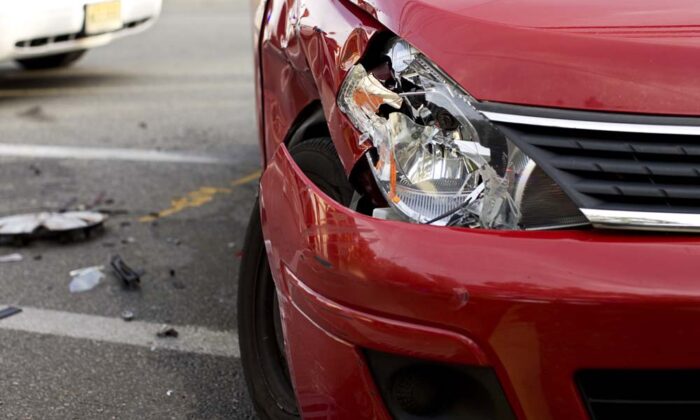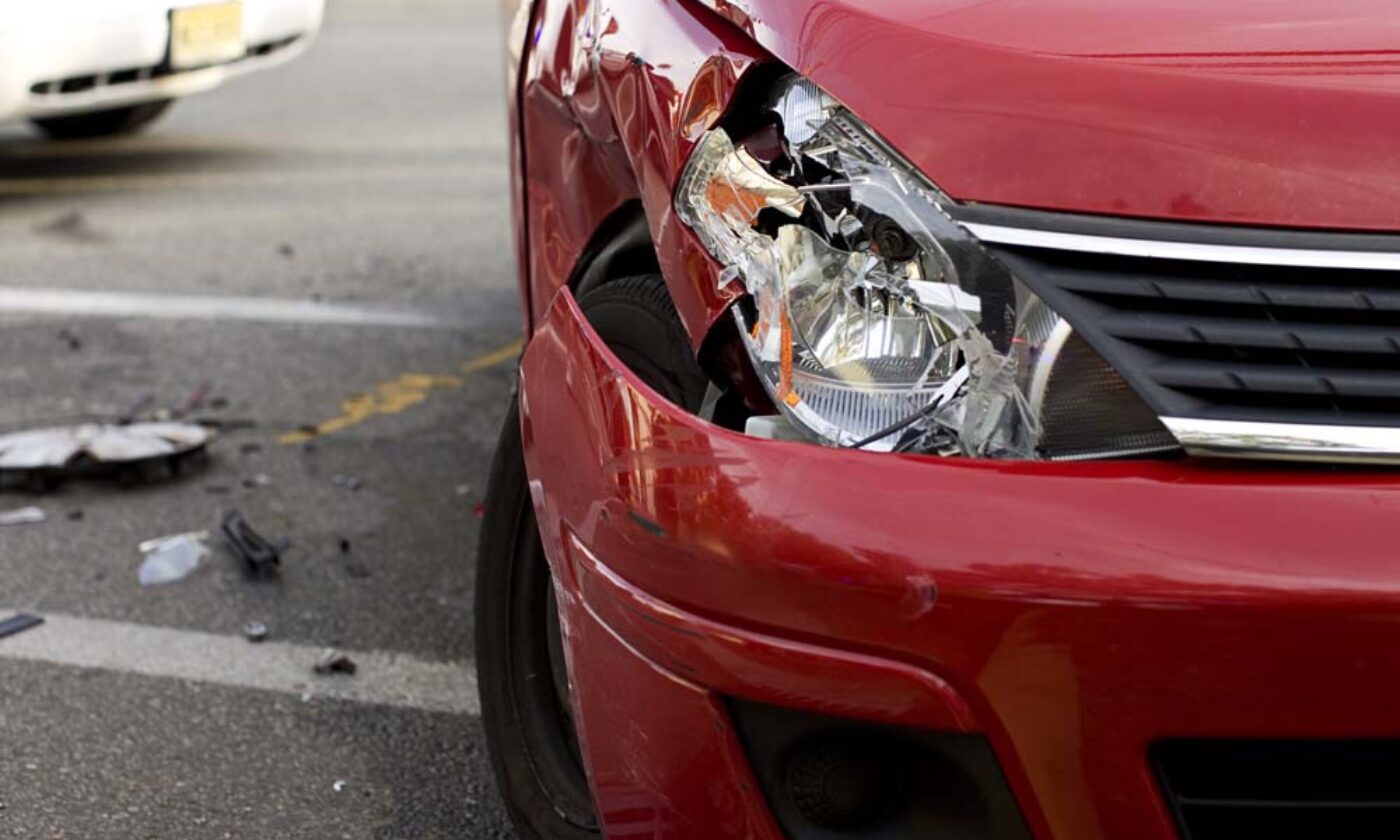Motor Vehicle Accidents
How Driver Fatigue Contributes to Australian Car Accidents


Of all the potential causes of car accidents in Australia, driver fatigue might seem like the unlikeliest culprit. But this condition accounts for around 20%-30% of crashes in the country. Clearly, it’s a serious issue that more Australians should be aware of and know how to mitigate.
In this article, we will dive further into the role of driver fatigue in Australian car accidents. By the end, our readers will be more educated on this topic and have learned the following key takeaways:
- The definition of driver fatigue
- Common signs of fatigue
- How fatigue can be a cause of car accidents
- How many accidents in Australia are caused by fatigue
- How to manage your symptoms and increase your safety on the road
What is driver fatigue?
Driver fatigue is a state in which the driver of a vehicle is experiencing excessive sleepiness. They may start falling asleep at the wheel, struggle to maintain concentration, become forgetful, and/or become unable to make snap decisions.
Any of these outcomes can result in the driver losing awareness of their surroundings and other drivers, thus opening them up to the risk of a collision or crash.
What are common signs of fatigue?
Not sure if you have extreme fatigue? Here are a few common symptoms from the Better Health Channel, all of which can lead to drowsy driving:
- Sleeping a lot
- Headache
- Dizziness
- Muscle weakness
- Slow reflexes and long response time
- Struggle to make quick decisions or judgements
- Irritability
- Blurred vision
- Short-term memory
What is a fatigue related crash?
A fatigue-related crash is an accident that occurs on the road when one or more of the drivers involved wasn’t paying attention or was impaired due to fatigue symptoms.
How can fatigue be a cause of car accidents?
There are many ways that fatigue can be a cause of car accidents. Below are a couple of imaginary scenarios to demonstrate this condition’s potential impact during crashes:
- Example #1: A drowsy driver is still awake, but their thoughts are fuzzy with exhaustion and they are unable to concentrate on the surrounding traffic. Thus, they don’t realise that the car in front of them is stopped at a red light, so they end up crashing into the other car’s fender.
- Example #2: A driver dozes off for a few seconds and unknowingly swerves into oncoming traffic. As a result, they crash into another vehicle head on.
The latter example is a type of crash that could result in one or both of the drivers, as well as their passengers, passing away. Such an outcome is not out of the ordinary for fatigue-related accidents. In Queensland, for example, 31 people die per year and 462 sustain serious injuries from them.
Fatigue is also four times more likely to contribute to driving impairment than drugs or alcohol, per the National Road Safety Strategy of Australia.
How many accidents in Australia are caused by fatigue?
More accidents in Australia are caused by fatigue than you might think. In fact, according to the Australian Automobile Association (AAA), around 20%-30% of all vehicular crashes in the country are caused by fatigued drivers.
As you can tell, driving while fatigued is extremely dangerous. The above statistics serve as proof that it is a persistent and pernicious problem in Australia.
How can you manage fatigue?
If you suffer from any of the fatigue symptoms that we discussed earlier in this article, you may be at risk on the road. The good news, though, is that you can do something about it.
Here are some tips to help you manage fatigue, so that it doesn’t endanger you while you’re driving.
- Prioritise getting enough sleep. According to Wellbeing SA, adults need around 7-9 hours of sleep per day, yet the Australian Parliament House (APH) reported that four out of 10 Australians get inadequate rest. Some strategies you can use to improve sleep include lowering the temperature in your bedroom; blocking out all light sources; not looking at your mobile phone in bed; and taking sleep aids.
- Reduce stress. Stress can severely impact your ability to go to sleep at night and get the rest you need to be alert during the day. If you are stressed and unable to relax when you go to bed, try eliminating or at least reducing the root causes of your distress.
- Avoid taking medications that make you sleepy before you drive. Try to schedule your doses around your car trips.
- Avoid long drives without taking occasional breaks to rest. You can even pull over and take a nap on the side of the road or at a rest stop, if necessary.
- See a medical professional. If you need help addressing any of the above issues, reach out to your primary physician.
What should you do if you’ve been in a motor vehicle accident?
If you’ve been in a motor vehicle accident that was caused by driver fatigue or something else, there are two important things you should do. The first is to seek medical attention. The second is to file a personal injury claim with your Compulsory Third Party (CTP) insurer as quickly as possible.
For more information on the claims process as well as what else to do immediately following a crash, see our guide What To Do After a Motor Vehicle Accident.
Start your motor vehicle accident claim
If you have been in a motor vehicle accident, LHD’s car accident lawyers can help you receive the compensation you’re entitled to. We are so sure of our abilities to win your case that we stand firmly by our No Win No Fee Policy: if we don’t win, you don’t pay. Call 1800 571 290 for a no-obligation consultation about your case.
Author: James Bodel

Check if you’re eligible or get free claim advice now



